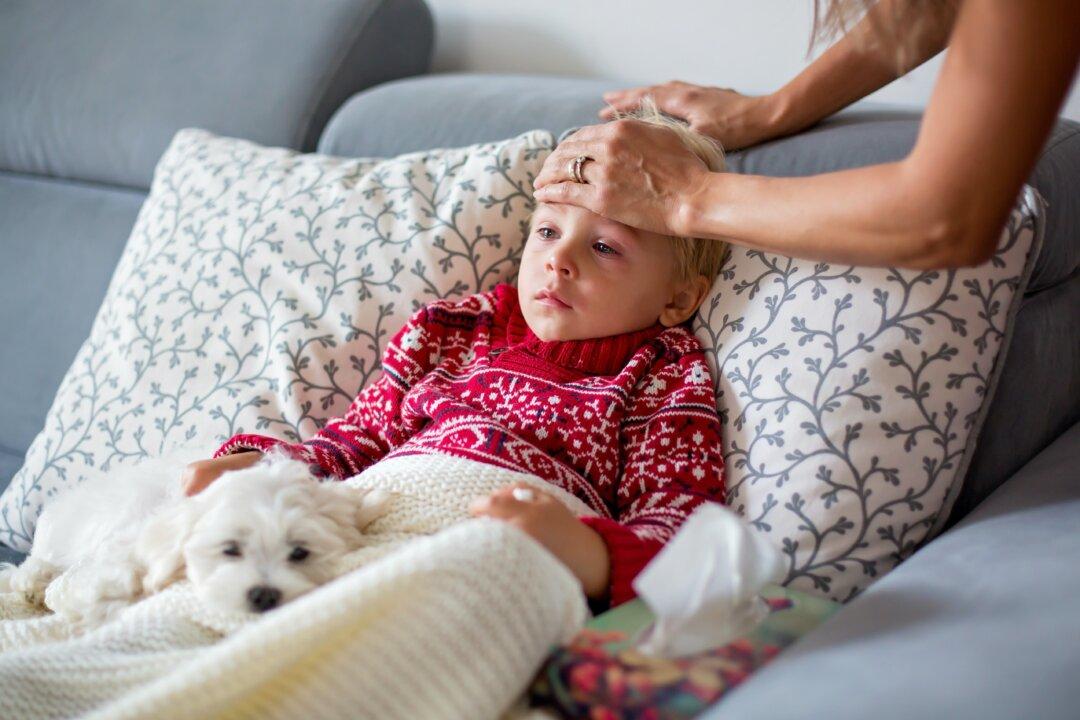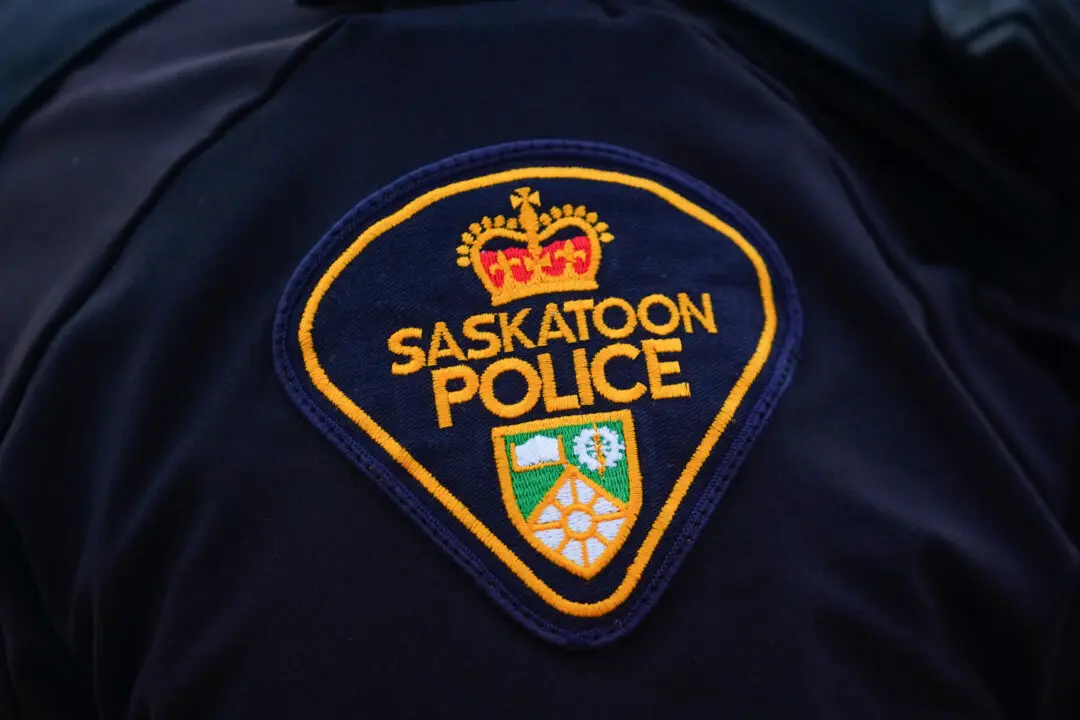During late winter and spring, children can become infected with parvovirus B19, causing a red rash on the cheeks and giving the appearance of being slapped. However, medical professionals say despite the rash, which can spread to the rest of the body within days, children can recover from the sickness at home.
Dubbed “slapped cheek disease” as well as fifth disease, the illness affects the skin, upper airway, and joints, according to the Canadian Pediatric Society (CPS).





